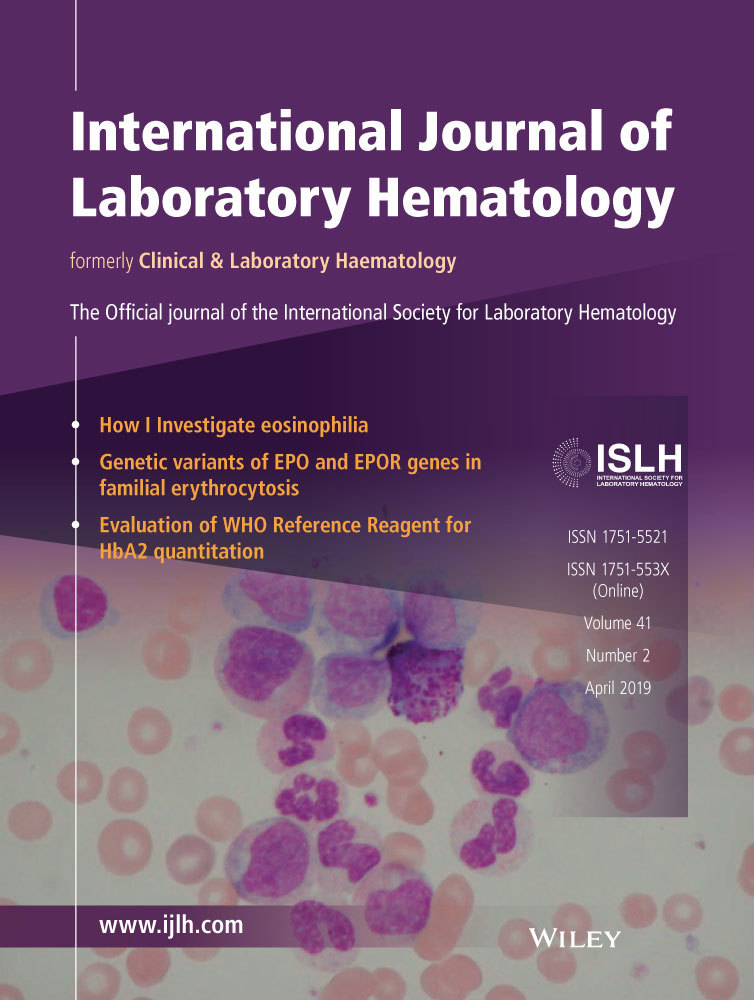Evaluation of the suitability of the World Health Organization International Reference Reagent for Hb A2 quantitation (89/666) for continued use
Abstract
Introduction
The accurate determination of Hb A2 is a key marker when screening for a β-thalassaemia carrier. Data from external quality assessment (EQA) exercises have shown a lack of alignment of Hb A2 quantitation both within and between methods. The only reference material available for Hb A2 quantitative assay at the time of writing is the World Health Organization International Reference Reagent (89/666; WHO IRR) prepared in the 1980s and not validated for all current methodologies.
Method
The WHO IRR was analysed for Hb A2 concentration by 52 laboratories using a representative range of high-performance liquid chromatography and capillary electrophoresis analysers. The results of the analysis were compared to those of a whole blood EQA specimen of similar Hb A2 concentration, distributed in the same week.
Results
The mean Hb A2 value obtained for the WHO IRR was 5.17%, compared to the assigned value of 5.3%. The range of results returned was wide (4.0%-6.2%), with differences in the results observed by between and within analyser groups. A similar range of results was seen with the whole blood sample, although the bias observed between analyser types was different from that seen with the WHO IRR.
Conclusion
The results may indicate a lack of commutability of the WHO IRR material, resulting from deterioration, matrix effects or changes in reagent formulation or calibration parameters. Further examination of the suitability of the WHO IRR (89/666) for continued use is required.




